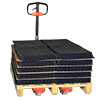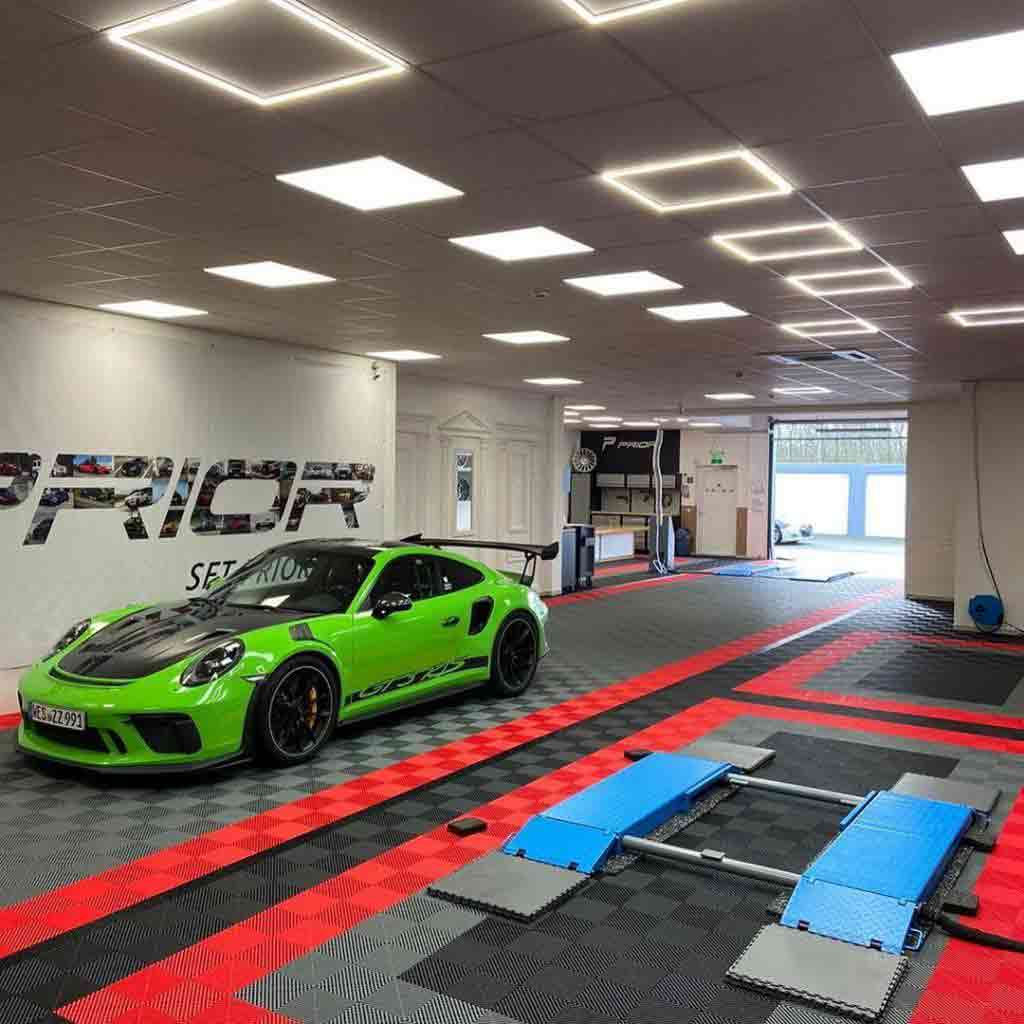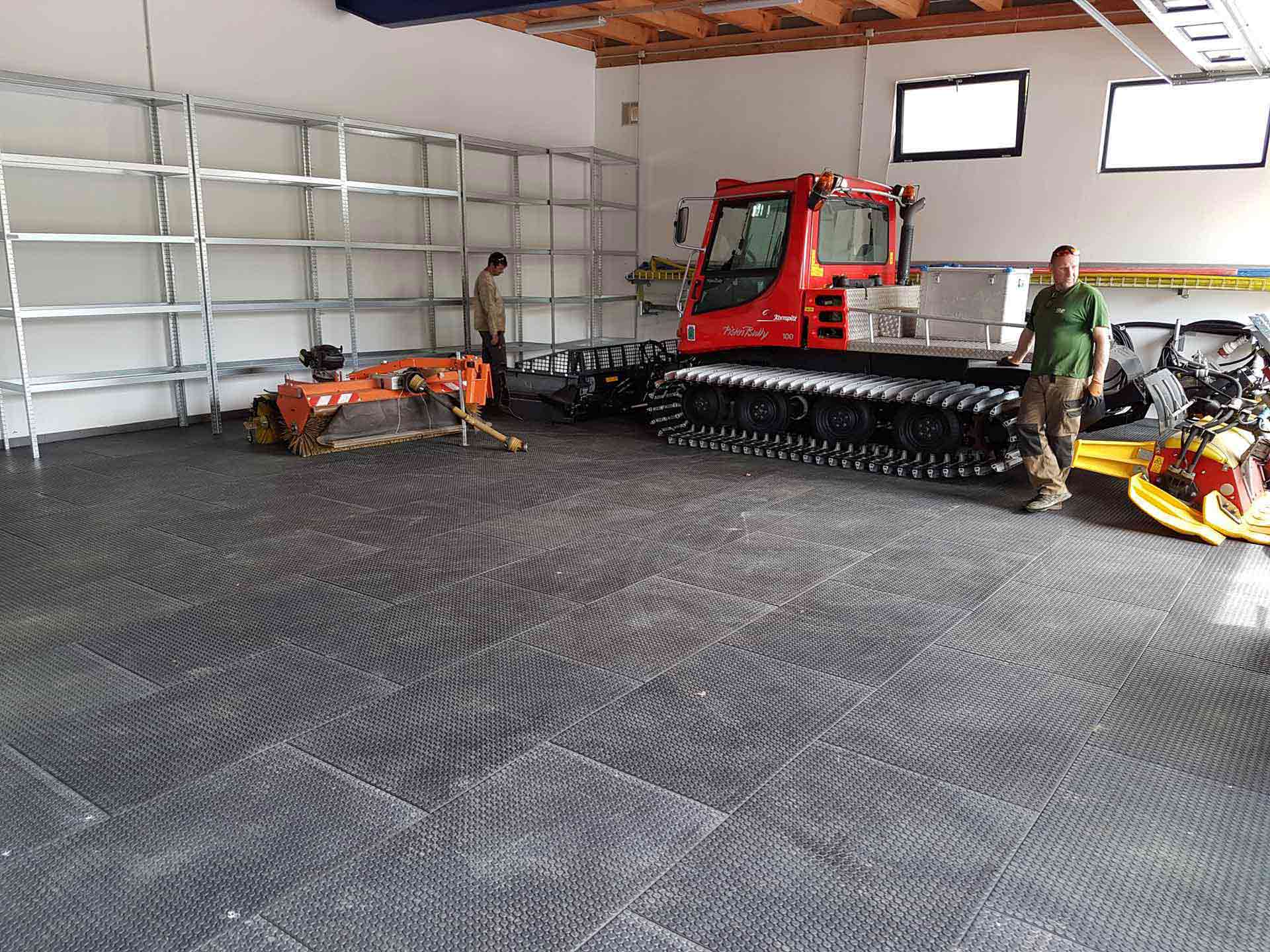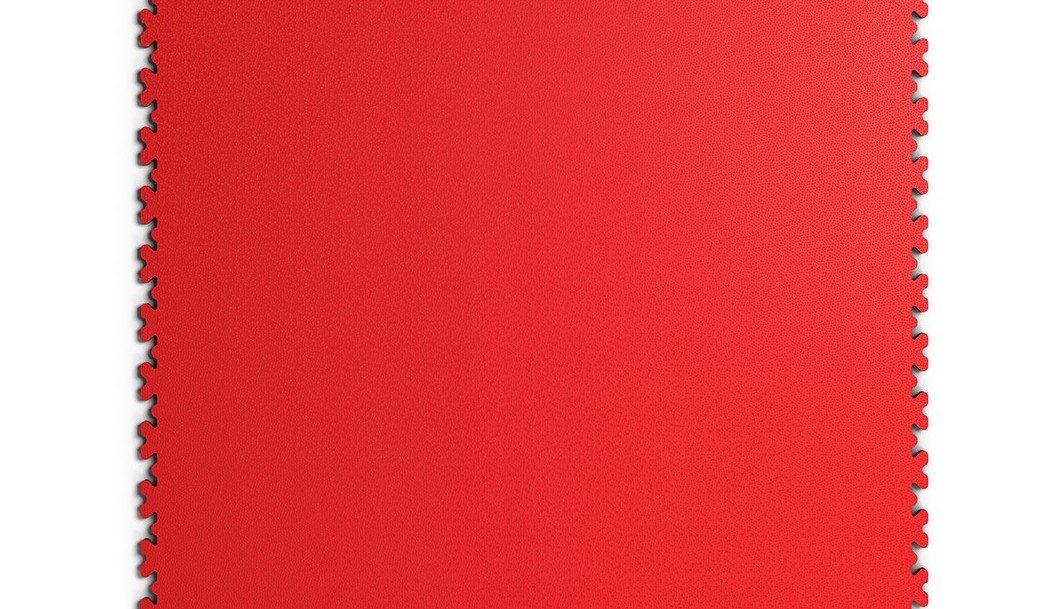In industrial warehouses and production halls, even small mistakes have a big impact. Which costs you a lot of time and nerves.
We want to prevent that with these installation instructions. Please read this guide completely before you start.
To relocate an industrial warehouse or production hall yourself or through your employees.
We pass on to you our expertise that we have acquired over many years. So that you too can relocate your industrial hall without any difficulties.
Why companies relocate their industrial warehouses or production halls themselves!
There are several reasons why companies relocate their industrial halls themselves. Often for fear of factory or industrial espionage. But also the fear of theft,
there are considerable values that lie in such an industrial hall. But also economic considerations, you can save a lot by doing it yourself.
We have often provided 1-2 men to instruct employees in larger industrial halls.
After delivery, please leave the PVC tiles in the industrial hall for a day so that they can adjust to the temperature.
prepare the ground
Before the PVC tiles can be laid, the substrate must be thoroughly cleaned. Dirt, remnants of old flooring or other residues.
Cleaning is a basic requirement.
PVC tiles can be laid on almost any solid surface.
The substrate must be level, dry and solid. Larger bumps can be leveled out with putty.
Slight unevenness, even small cracks or oil stains on the surface of the substrate do not need to be removed. The substrate does not have to be prepared in a time-consuming manner or sanded flat.
The assembly where to start?
Many industrial warehouses or production halls have several entrances on one side. That's where you start with the driveways.
(These are milled at an angle, if you start at another point they no longer fit)
Lay out the first driveway with the PVC driveways, then the second and third driveways...
Leave 15-45 cm left and right so you still have a game. If they connect the driveways with PVC tiles.
It is important that the edge of the hall fits snugly against the driveways.
Connection of the driveways with the PVC tiles
Next, connect the driveways with a row of PVC tiles. If the ramps don't fit right away, you can push them a little to the left or right.
You left room beforehand. You can now lay the whole length of the hall with a row of PVC tiles.
Now also connect a 2nd, 3rd or 4th driveway to the driveways (if you have them).
After that, the 1st row of PVC tiles is laid by the driveways, from one end of the wall to the other.
Align the PVC tiles
Now you see what you have to use as a wall PVC tile.
There should be more than 15 cm at both ends of the hall.
You can slide the PVC tiles a bit to one wall or the other to achieve this.
What you cut off on the left wall you can put back on the right wall of the hall. The cut PVC tiles also fit on the opposite wall of the driveway.
If you do some calculations here, you can reduce the waste to a minimum.
Now look that everything is straight. It is best to stretch a string from one end to the other end of the hall.
And align the 1 row of PVC tiles straight with the plumb line.
Lay the first 4 rows
When you have done that you can lay a 2, 3 and 4 row. The PVC tiles straighten themselves when tapped together with a rubber hammer.
Don't forget to check if the gates are still closing. And also check the doors to see if they can still be opened.
When laying, make sure that you turn the PVC tiles again and again. If you turn the PVC tiles over, you will see the Fortelock logo.
It should be one on the right, one on the bottom, one on the left, and one on the top.
PVC tiles turning
This ensures that the PVC tiles are laid out correctly. What you should absolutely avoid is to glue the driveways or PVC tiles right away!
Gluing is only done when the entire industrial floor has been laid.
The PVC tiles could still work. Even if something doesn't fit. Is it still possible to slip or adjust it.
Very important here you have to be careful!
Please do not drive over the PVC tiles with a forklift, ants or anything else when laying them.
There is a risk that the PVC tiles will shift. Even if it's only a tenth of a millimeter, it has a big impact.
Especially when the hall length is 10 meters or more.
With such a length, it can add up to 3 – 4 millimeters at the end of the hall. (In the case of smaller areas under 100 m², for example garages, this naturally has no such effects).
Then you can no longer get the PVC tiles together. Then you have nothing else to do. How to completely remove the PVC tiles and lay them again.
So be careful not to move anything.
When the hall is completely laid, the PVC tiles can of course be driven on with a forklift or ants.
Tips and tricks for laying
A big advantage is that you don't have to clear out the entire hall. How you misplaced a section. Can you put your items on it.
In smaller halls of up to 300 m², you can now lay row by row.
From a size of approx. 300 m², we recommend laying in the pyramid system.
Lay PVC tiles in the pyramid system
You do not need any expansion joints up to approx. 2500 m².
If you have problems inserting a PVC tile, it has proven its worth with us. Start in a corner of the PVC tile with the rubber mallet evenly left then right,
always a little bit to work outwards. This pulls the PVC tiles together.
This can happen again and again, especially with large areas. Because PVC tiles expand and contract with changes in temperature.
If you lay large areas, make sure that they always have the same temperature. This means that you have fewer problems when laying.
The ideal temperature to lay the PVC tiles is around 20 degrees.
Adjusting the edge PVC tiles
If you have laid the complete industrial floor. Can you cut the border tiles to the walls.
Make sure that you leave 5 millimeters of space (expansion gap), also to all permanently installed objects in the hall. You can easily cut the edge tiles with a jigsaw or circular saw.
If you have a tiller, you can also mill driveways yourself. The material is very easy to edit.
For further questions we are happy to help you
Schaub and son















